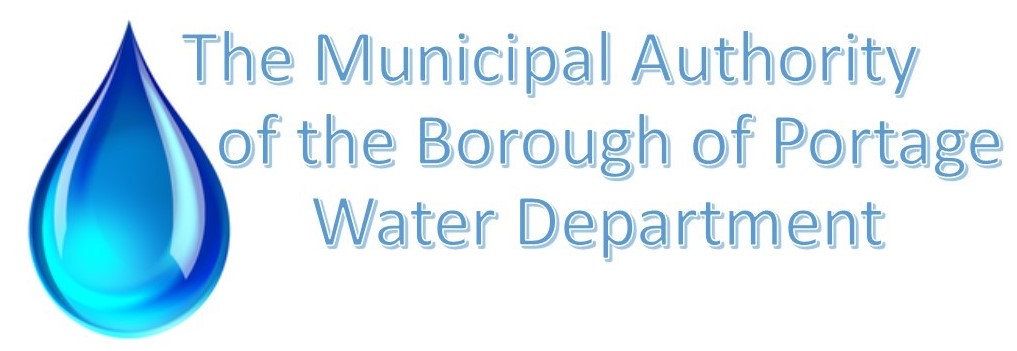

Service Line Inventory
Lead and Drinking Water
Starting in 2023, the Municipal Authority of the Borough of Portage Water Department is doing an inventory of the water service lines in our community. The inventory will identify the material of your service line, including if your service line is made of lead.
What is the Water Authority Doing to Remove Lead From Drinking Water?
The drinking water from the Water Authority’s treatment plants traveling through the street water mains to your house is lead free. The Water Authority also uses corrosion control treatment, decreasing the amount of lead that can go from the lead or lead-containing service line pipes into the water. The Water Authority tests the water in the system, following state and federal requirements.
Today, lead service lines, lead solder in indoor plumbing, and lead in older plumbing fixtures can cause lead to be in your drinking water.
A service line is a pipe that connects the water main in the street to building plumbing.
In Portage, the Water Authority is responsible for the service line from the main in the street to the curb stop, typically at the property line or in the sidewalk. The property owner is responsible for the service line from the curb stop to the meter inside the home. Some homes in the Water Authority service area were built before the 1986 Federal Safe Drinking Water Act, which mandated that new plumbing materials be lead-free. So, older homes may have lead or lead-containing service lines.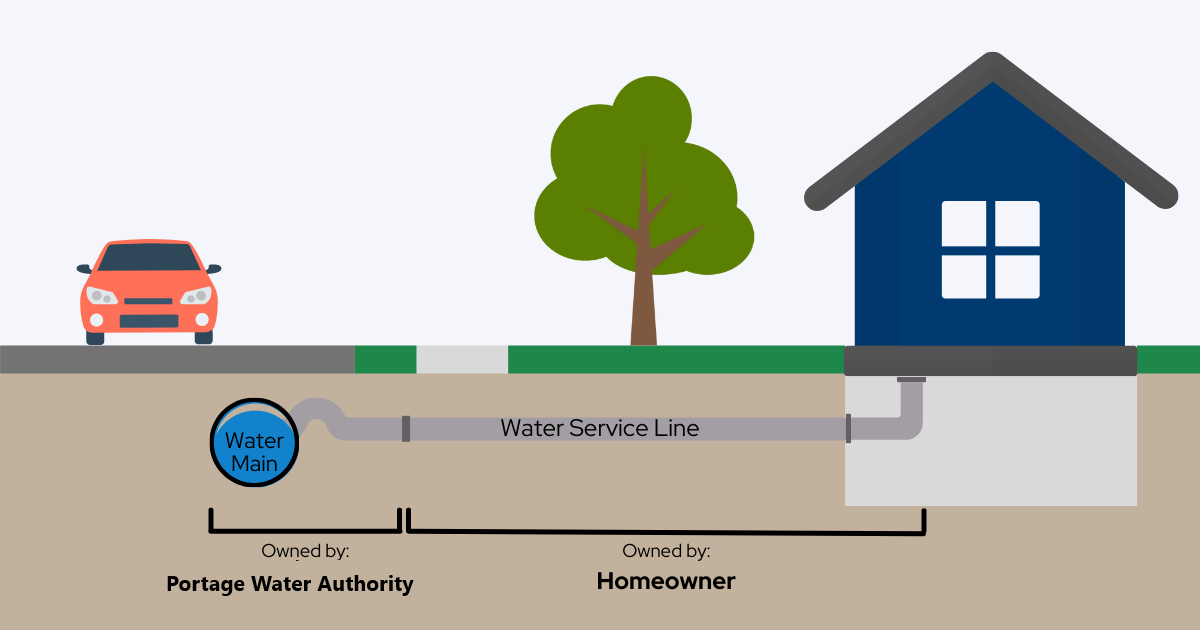
The PADEP Lead and Copper Rule Revisions (LCRR) support removing lead from drinking water. The revisions require water utilities to create and submit lead service line inventories by October 16, 2024, and then come up with a plan to replace lead and lead-containing service lines.
What Can You Do to Help?
SERVICE LINE INVENTORY UPDATE
The Water Authority is compiling a service line inventory to meet the LCRR.
CHECK YOUR LINE
Take the following steps to figure out if you have a lead, galvanized steel, copper, or plastic service line for the part of the service line you own. Lead is not safe for drinking and can get into water through lead water service lines.
What you need:
1. House key or coin
2. Strong refrigerator magnet
Steps to check your service line:
1. Find the water meter in your basement and look at the service line that enters the water meter from the foundation. The image below is what your water meter looks like.
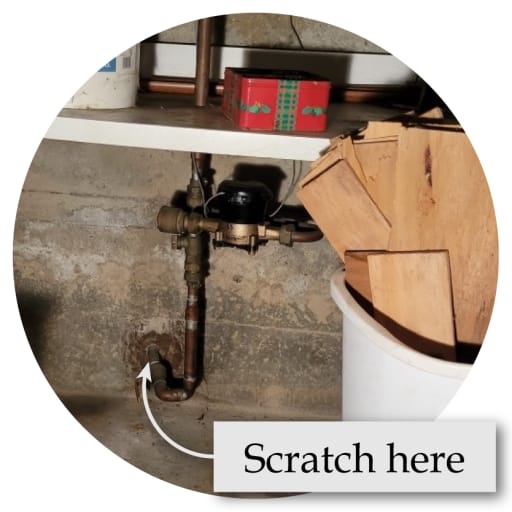
2. Use the house key or coin to carefully scratch the pipe surface.
3. Compare the scratched area to the following descriptions:
a. If it looks shiny and silver, the pipe is made of lead. A magnet will not stick to a lead pipe.
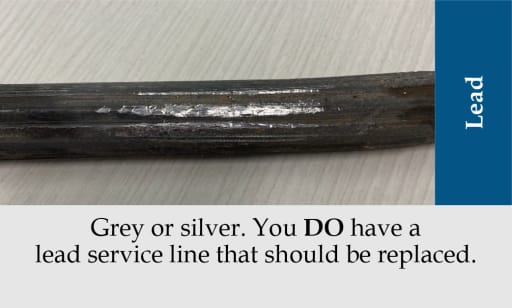
b. If it is a dull gray color with no noticeable scratch on the surface, the pipe is galvanized steel. A magnet will stick to a galvanized steel pipe.
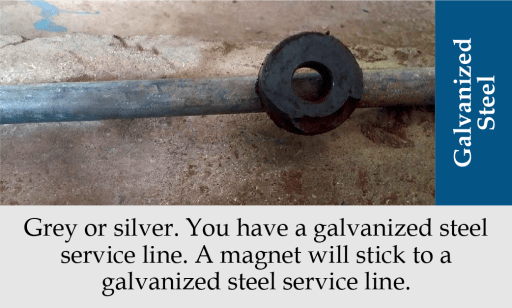
c. If it is the same color as a penny, the pipe is copper. A magnet will not stick to a copper pipe.
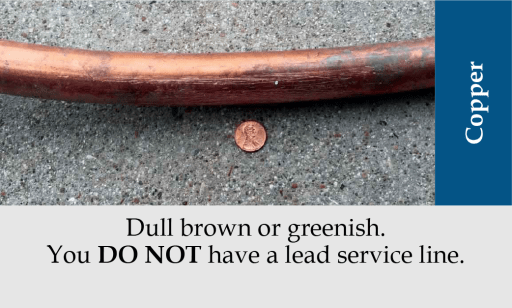
d. If it is smooth and red, blue, white, or black, the pipe is plastic. A magnet will not stick to a plastic pipe.
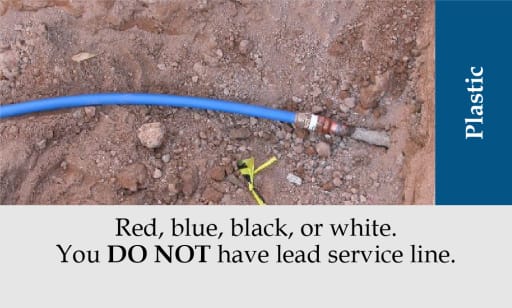
4. Once Identified, click or scan the QR code at the top of this page or Call the water office at 814-736-9642, Explain that you are calling in to notify us of your service line material. Provide your Name, Address, Material type, roughly the date it was installed. The Municipal Authority plans to update and replace water meters in the near future, in conjuction with the service line inventory. What this means to you is if you do not feel comfortable with identifying the material of your service line we can send an employee out to check it. All services must have a dual check valve after the water meter if replacing the service line please make sure this is installed as this will also be enforced at time of meter replacement.
Refer to Meter Diagram for information on Dual Check Valve.
STEPS TO PROTECT YOURSELF IF YOU HAVE A LEAD SERVICE LINE
Flush your water tap: If your water has gone unused for more than six hours, let the water run for about five minutes before using it for drinking or cooking. Flushing means your water is coming directly from the main, where lead is rarely present, instead of coming from sitting in a pipe in contact with lead or lead parts.

